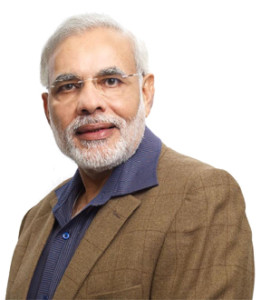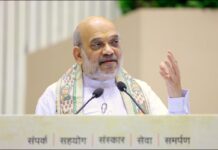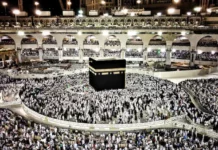 Indian Prime Minister Narendra Modi has been welcomed by the Indian Diaspora without reservations in the United States. This was his first trip to the United States after his tourist/business was revoked on May 18, 2005 under Section 212(a)(2)(G) of the Immigration and Nationality Act (INA).
Indian Prime Minister Narendra Modi has been welcomed by the Indian Diaspora without reservations in the United States. This was his first trip to the United States after his tourist/business was revoked on May 18, 2005 under Section 212(a)(2)(G) of the Immigration and Nationality Act (INA).
Under INA Section 212(a) (2) (G), any alien who while serving as a foreign government official and who was responsible for or directly carried out particular violations of religious freedom is inadmissible. At that time, Mr. Modi was the Chief Minister of Gujarat state and was not eligible for the A-1 diplomatic visa. In May 2014, Mr. Modi’s Bharatiya Janata Party won an outright majority in the Indian Parliament, and as the party’s leader, he became India’s Prime Minister.
Mr. Modi, as India’s Prime Minister, came to the United States under the A-1 visa, which is granted to diplomats, including heads of state. The A-1 visa overcomes grounds of inadmissibility pursuant to INA Section 102, including the religious freedom ground, but that is only when a person is admitted on the A-1 visa.
If Mr. Modi ceases to be a head of state, and does not qualify for an A-1 visa as a diplomatic official under any other capacity, the Section 212(a) (2) (G) ground of inadmissibility may still apply with respect to a new tourist/business visa application that he may apply for, unless it is determined that the factual basis for the prior finding of inadmissibility have changed.
The U.S. State Department may also reconsider a prior revocation of a visa, which it has not done so until now with respect to Mr. Modi’s revocation.
The article that I co-wrote with Elizabeth Reichard on March 25, 2005, discusses how the religious freedom ground of inadmissibility was applied to Mr. Modi. Following the publication of this 2005 article, however, in December 2010, a special investigative team (SIT) appointed by the Supreme Court of India found “no substantial incriminating evidence” that Chief Minister Modi had let the rioters rampage against the Muslims in February 2002. A local court in India subsequently upheld the closure of the SIT in December 2013.
On the other hand, the Gujarat High Court has continued to criticize Chief Minister Modi for “inaction and negligence” during the violence. House Resolution 417 passed in 2013 continues to support the visa ban. Questions still linger about Mr. Modi’s passive role during the riots.
So long as Mr. Modi enters on an A-1 visa, all grounds of inadmissibility will remain inapplicable. The President still has authority under INA Section 212(f) of any foreign national whom the President deems will be detrimental to the national interest, but it is readily obvious that this provision was not considered with respect to Mr. Modi’s present visit to the United States.
Indeed, Mr. Modi had meetings with President Obama and other top US officials, and has also met with leading US industry executives. Mr. Modi also enjoys broad based support from the American-Indian community within the United States. The question is whether Section 212(a) (2) (G) will trigger if Mr. Modi applied for another nonimmigrant visa in the future?
The United States has not officially declared that this inadmissibility ground will not be applied and has never reconsidered the prior revocation. A new visa application would have to be considered in light of the set of facts that apply at that time.
Cyrus D. Mehta






